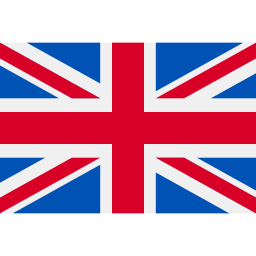PROTECTING LIFE ON EARTH
Our commitment to defending endangered animal species
Stories of hope, resilience, and the wonders of the natural world. Through a captivating collection of spectacular images, we shine a spotlight on endangered animal species that are, slowly but surely, on the path to recovery. This remarkable achievement is made possible by the protected havens meticulously monitored by the COSMO-SkyMed satellites, illustrating the power of conservation efforts and the enduring spirit of nature.
The International Union for Conservation of Nature has become the global organisation and authority on the status of the natural world and the measures needed to safeguard it. In collaboration with the Italian IUCN Committee, the National network of members of the IUCN, we explore the journey of these extraordinary creatures, which, despite the persistent risk, represent the possibility of a brighter future.
The LOVE PLANET EARTH 2024 calendar, with its breathtaking imagery, serves as a powerful testament to the vital mission of COSMO-SkyMed in safeguarding these precious natural areas. Through these captivating visuals, it underlines our deep commitment to the preservation of Earth’s incredible biodiversity. It signifies our collective dedication to fostering a sustainable future, where the wonders of the natural world continue to thrive, offering hope, resilience, and inspiration to all living beings.
On the top: Vaquitas were last assessed for the IUCN Red List of ThreatenedSpecies in 2022. Phocoena sinusis listed as Critically Endangered. The total population is thought to be approximately 10 specimens, so clearly the number of mature individuals is far fewer than 250; this species is still declining and all mature individuals are in one population.
 | Established in 1964, the Red List of Threatened Species of the IUCN (International Union for Conservation of Nature) is the world’s most comprehensive information source on the global conservation status of fungi, animal and plant species. The IUCN Red List is a critical indicator of the health of the world’s biodiversity. It is a powerful tool to inform and catalyse action for biodiversity conservation and policy change, critical to protecting the natural resources we need to survive. The IUCN Red List Categories are meant to be a system for easily classifying species at risk of global extinction. It assesses and evaluates species and divides them into nine categories: Not Evaluated (NE), Data Deficient (DD), Least Concern (LC), Near Threatened (NT), Vulnerable (VU), Endangered (EN),Critically Endangered (CR), Extinct in the Wild (EW) and Extinct (EX). |
LOVE PLANET EARTH 2024 CALENDAR
Cát Bà National Park, Vietnam

January
Toki Forest Park, Japan

February
Galapagos National Park, Ecuador

March
Salina Reserve, Cayman Island

April
Grand Canyon National Park, USA

May
Parco Lombardo Valle del Ticino, Italy

June
Natural Landscape Serra de Tramuntana, Spain

July
Macquarie Island Marine Protected Area, Australia

August
Linnansaari National Park, Finland

September
Pico da Vara/Ribeira do Guilherme – Ilha de S. Miguel N2000 site, Portugal

October
Reserva do Canudos, Brazil

November
Etosha National Park, Namibia




